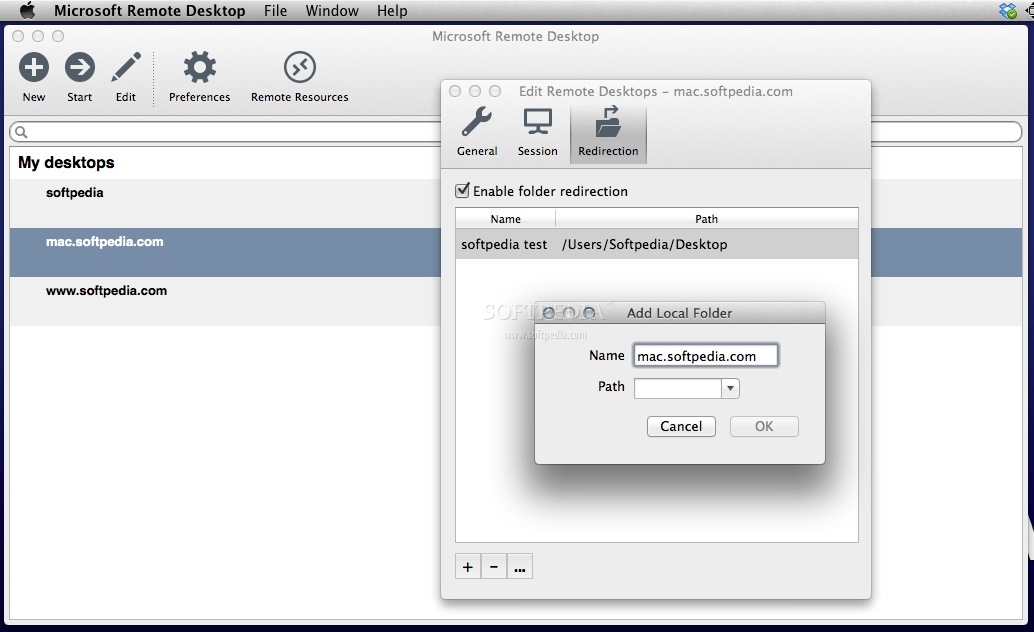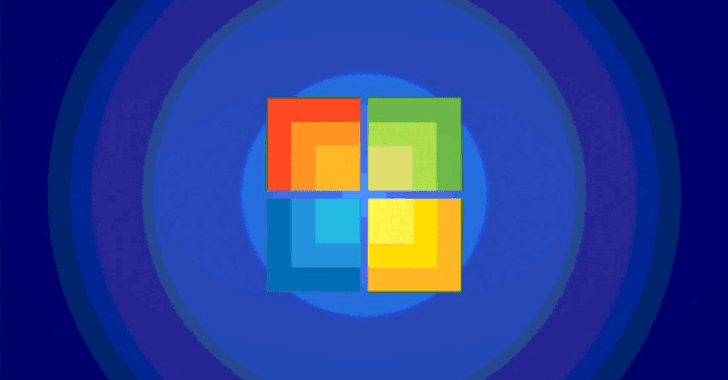2020. 1. 27. 12:41ㆍ카테고리 없음


Microsoft releases Remote Desktop apps for the iPhone, iPad and the Mac Posted by Kelly Hodgkins on Oct 17, 2013 in Microsoft, Windows 8 Microsoft rolled out Windows 8.1 to the public today. Remote Desktop Connection Client for Mac 2 is a free download. The program runs natively on both Intel and PowerPC-based machines, with the RDC bundle supporting eight languages.
Note. Curious about the new releases for the macOS client? Check out.
The Mac client runs on computers running macOS 10.10 and newer. The information in this article applies primarily to the full version of the Mac client - the version available in the Mac AppStore. Test-drive new features by downloading our preview app here:. Get the Remote Desktop client Follow these steps to get started with Remote Desktop on your Mac:. Download the Microsoft Remote Desktop client from the. (If you skip this step, you can't connect to your PC.). Add a Remote Desktop connection or a remote resource.
You use a connection to connect directly to a Windows PC and a remote resource to use a RemoteApp program, session-based desktop, or a virtual desktop published on-premises using RemoteApp and Desktop Connections. This feature is typically available in corporate environments. What about the Mac beta client? We're testing new features on our preview channel on HockeyApp. Want to check it out? Go to and click Download.
You don't need to create an account or sign into HockeyApp to download the beta client. If you already have the client, you can check for updates to ensure you have the latest version. In the beta client, click Microsoft Remote Desktop Beta at the top, and then click Check for updates. Add a Remote Desktop connection To create a remote desktop connection:. In the Connection Center, click +, and then click Desktop. Enter the following information:. PC name - the name of the computer.
This can be a Windows computer name (found in the System settings), a domain name, or an IP address. You can also add port information to the end of this name, like MyDesktop:3389. User Account - Add the user account you use to access the remote PC. For Active Directory (AD) joined computers or local accounts, use one of these formats: username, domain username, or username@domain.com. For Azure Active Directory (AAD) joined computers, use one of these formats: AzureAD username or AzureAD username@domain.com. You can also choose whether to require a password.
When managing multiple user accounts with the same user name, set a friendly name to differentiate the accounts. Manage your saved user accounts in the preferences of the app. You can also set these optional settings for the connection:. Set a friendly name. Add a Gateway.
Set the sound output. Swap mouse buttons.
Enable Admin Mode. Redirect local folders into a remote session.
Forward local printers. Forward Smart Cards. Click Save. To start the connection, just double-click it.
Microsoft Remote Desktop Mac Setup
The same is true for remote resources. Export and import connections You can export a remote desktop connection definition and use it on a different device. Remote desktops are saved in separate.RDP files. In the Connection Center, right-click the remote desktop.
Click Export. Browse to the location where you want to save the remote desktop.RDP file. Use the following steps to import a remote desktop.RDP file. In the menu bar, click File Import. Browse to the.RDP file.
Click Open. Add a remote resource Remote resources are RemoteApp programs, session-based desktops, and virtual desktops published using RemoteApp and Desktop Connections. The URL displays the link to the RD Web Access server that gives you access to RemoteApp and Desktop Connections. The configured RemoteApp and Desktop Connections are listed. To add a remote resource:. In the Connection Center click +, and then click Add Remote Resources. Enter information for the remote resource:.
Feed URL - The URL of the RD Web Access server. You can also enter your corporate email account in this field – this tells the client to search for the RD Web Access Server associated with your email address.

User name - The user name to use for the RD Web Access server you are connecting to. Password - The password to use for the RD Web Access server you are connecting to. Click Save. The remote resources will be displayed in the Connection Center.
Connect to an RD Gateway to access internal assets A Remote Desktop Gateway (RD Gateway) lets you connect to a remote computer on a corporate network from anywhere on the Internet. You can create and manage your gateways in the preferences of the app or while setting up a new desktop connection.
To set up a new gateway in preferences:. In the Connection Center, click Preferences Gateways. Click the + button at the bottom of the table Enter the following information:. Server name – The name of the computer you want to use as a gateway. This can be a Windows computer name, an Internet domain name, or an IP address. You can also add port information to the server name (for example: RDGateway:443 or 10.0.0.1:443).
User name - The user name and password to be used for the Remote Desktop gateway you are connecting to. You can also select Use connection credentials to use the same user name and password as those used for the remote desktop connection. Manage your user accounts When you connect to a desktop or remote resources, you can save the user accounts to select from again. You can manage your user accounts by using the Remote Desktop client. To create a new user account:.
In the Connection Center, click Settings Accounts. Click Add User Account. Enter the following information:. User Name - The name of the user to save for use with a remote connection. You can enter the user name in any of the following formats: username, domain username, or username@domain.com. Password - The password for the user you specified. Every user account that you want to save to use for remote connections needs to have a password associated with it.
Friendly Name - If you are using the same user account with different passwords, set a friendly name to distinguish those user accounts. Tap Save, and then tap Settings. Customize your display resolution You can specify the display resolution for the remote desktop session. In the Connection Center, click Preferences. Click Resolution.
Enter a resolution height and width, and then click OK. To delete the resolution, select it, and then click. Displays have separate spaces If you are running Mac OS X 10.9 and disabled Displays have separate spaces in Mavericks ( System Preferences Mission Control), you need to configure this setting in the remote desktop client using the same option.
Drive redirection for remote resources Drive redirection is supported for remote resources, so that you can save files created with a remote application locally to your Mac. The redirected folder is always your home directory displayed as a network drive in the remote session. Note In order to use this feature, the administrator needs to set the appropriate settings on the server. Use a keyboard in a remote session Mac keyboard layouts differ from the Windows keyboard layouts. The Command key on the Mac keyboard equals the Windows key. To perform actions that use the Command button on the Mac, you will need to use the control button in Windows (e.g.: Copy = Ctrl + C).

The function keys can be activated in the session by pressing additionally the FN key (e.g.: FN + F1). The Alt key to the right of the space bar on the Mac keyboard equals the Alt Gr/right Alt key in Windows. By default, the remote session will use the same keyboard locale as the OS you're running the client on.
(If your Mac is running an en-us OS, that will be used for the remote sessions as well. If the OS keyboard locale is not used, check the keyboard setting on the remote PC and changing the setting manually. See the for more information about keyboards and locales. Support for Remote Desktop gateway pluggable authentication and authorization Windows Server 2012 R2 introduced support for a new authentication method, Remote Desktop Gateway pluggable authentication and authorization, which provides more flexibility for custom authentication routines. You can now this authentication model with the Mac client.
